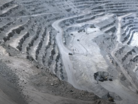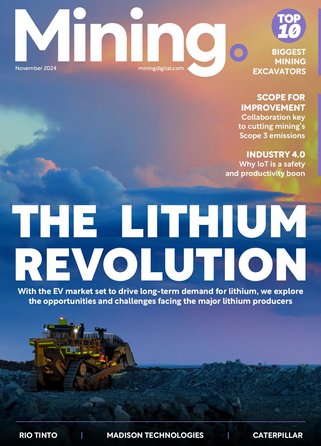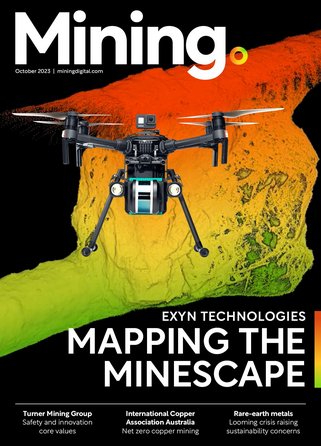Advanced analytics and fuel optimisation in open pit mining

Metals mining contributes 3 to 4% of global CO2 emissions and for open-pit mining and about 45% of carbon emissions are typically Scope 1, of which about 35% come from fuel consumed in hauling.
Fuel optimisation achieved by harnessing existing data and machine learning can reduce carbon emissions immediately while alternative technologies to diesel for off-highway trucks are developed and scaled, notes McKinsey in a recent commentary.
A proven ML platform enables discovery of correlations and highlights drivers of fuel consumption based on a truck fleet’s past performance by connecting fleet management, enterprise asset management, machine IoT, and other operational data (for example, tyre pressure, road layout and quality sensors, and fuel quality).
In addition, creation of a digital twin makes it possible to solve for fuel efficiency while maintaining productivity and integrating with both internal and external data sets.
As ore grades decrease and pits become deeper, hauling - and its associated costs - is of greater importance to maintain mine operating expenditures.
McKinsey’s experience shows that leveraging proven machine-learning-based solutions, along with a change in management strategy, can improve hauling-fuel efficiency relatively quickly and with limited investment.
To read its other insight papers, click here.
- How is Anglo American Enhancing Mining Safety?Operations
- Anglo American and Teck: Forming a Global Minerals GiantSupply Chain & Operations
- Maaden Appoints Donovan Waller to Lead Mining Tech FutureTechnology
- The Future of Mining? Rio Tinto’s Game-Changing RestructureSupply Chain & Operations



